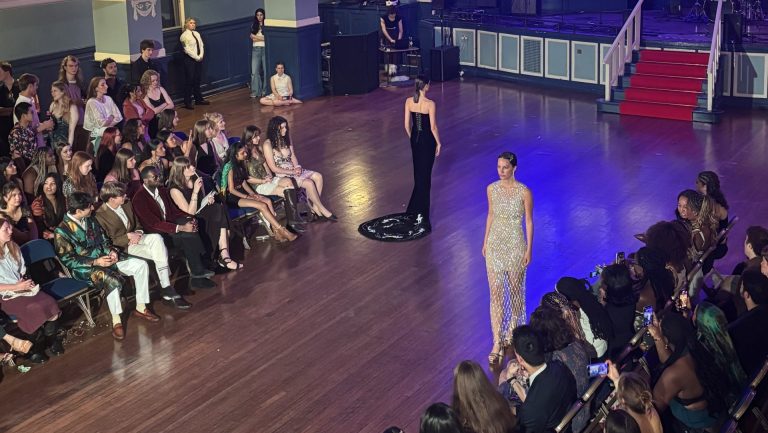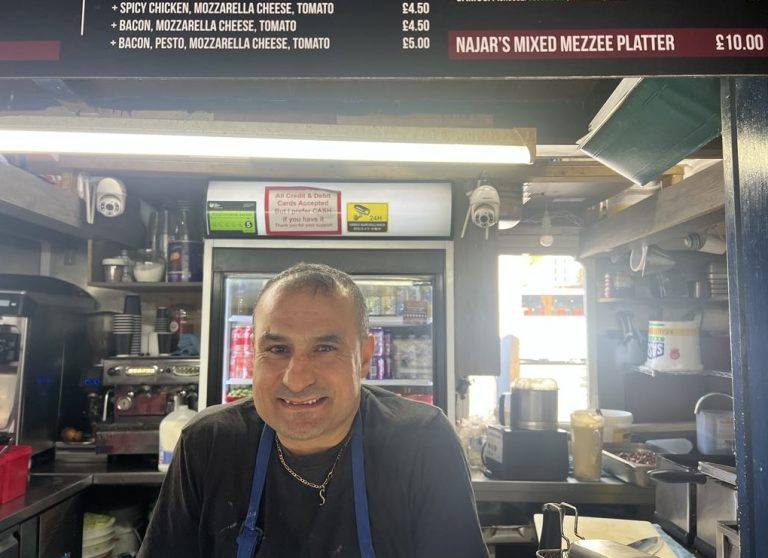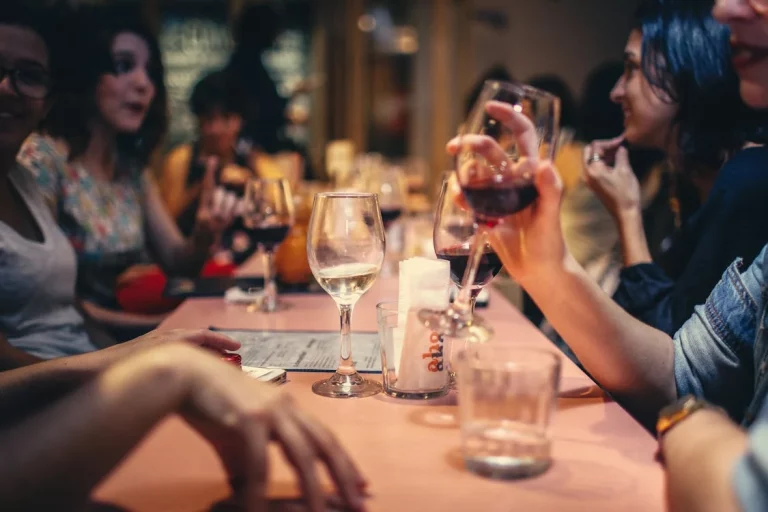Those unfamiliar with Oxford may not understand why there’s a queue running down the street for a refurbished cabbie shelter on St. Giles’. But to those in the know, that small blue shelter is the Lebanese restaurant Najar’s Place. To those really in the know, it’s Masood Najar’s place, and he has been the man behind the magic of Oxford lunchtime, dinnertime, and sometimes even breakfast, for twenty years.
I first heard about Najar’s Place in a freshers’ guide to the best eats in Oxford, Najar’s Place taking top spot—which I can now confidently endorse. One day, on my walk to college, I stopped by to ask if ‘the owner’ would be open to doing an interview. When I approached the counter, Masood was holding a giant tub of chickpeas, mashing them with some kind of unknown contraption and wearing a blue apron. I had never met Masood formally before, but by the way he carried those chickpeas, and his immediate smile as soon as he saw me, asking “what can I do for you?”, I knew he was the man in charge.
Masood Najar is 47 and has been in Oxford since 2004. It was in 2005 that he put the ‘Najar’ in Najar’s Place when he took the business over from his friend. Propped up on a counter which faces the street to speak with me, Masood told me that he makes everything himself and everything is his recipe:
“When you’re cooking food, what are you thinking about?”
“About love.”
“About love!”
“I love cooking. I love doing it with my heart. I don’t want nobody else to do it.”
Originally from Aleppo, Syria, he moved to the UK because, as he puts it, he didn’t like Middle Eastern culture: “The culture there is all rules. Not just rules against you, but you know your freedom. You don’t have freedom for yourself. You don’t have a right. You don’t have a say. Or everything is limited, and you can’t do lots of things you do here and in Europe. So I always wanted a free society, a free world. I mean, everything is available. Yeah, always. Like this.”
He gestures outside at the street behind me. But it wasn’t just this feeling of being free which made Masood want to come to the UK, it was also the opportunity of education:“I wanted to feel free, of course, but, you know, the learning as well. You know, I learned a lot here. Yeah, I lived there, like in back home, maybe 24 years, and I’ve been here for 23 years, and I learned more here than when in school.”
Masood believes deeply in four things: hard work, determination, kindness, and learning. He wants to learn as much as he can about the world. From animals, to the potential of life on other planets—“We are just a dot in this universe! There is no way we are the only ones”—He hopes that he is passing that love of learning on to his three kids, too.
When he told me about his kids, he didn’t even try to conceal who his favourite was, saying that he prefers his daughters because his daughters are “very sweet. Every day, if I’m late, where are you? Why are you late? And if I come home, they run to the door. And my son, he’s playing video games, he doesn’t even know I am coming.”
I laugh. “He doesn’t know?”
“No! Or care!”
Masood shifts his body so I can see the fryer behind him, and he tells me about how sometimes he stays late because he is preparing the falafel.
“Do you want your kids to take over the restaurant one day?”
Turning away from the fryer, he shakes his head.
“I want them to be educated, you know, education, there’s no substitute. I want my family to go to study in universities, my kids, that would be great. And if I can buy them houses and stuff. I have been saving them some money, so hopefully when they are eighteen, they’ll have some deposit for the house.”
He sighs.
“And if I can’t, oh well, at least I tried. Unlike my dad. My dad never tried anything.”
Masood laughs and taps the counter with his thumb.
“All [this] I did myself.”
He fixes his gaze on the fryer again.
“It’s not easy. It hasn’t been an easy journey. But I’m enjoying it, you know? I choose to learn about everything, to change myself for the better, change my life for the better. And do business, you know, make some money for my kids, for myself, I bought a house. I’m happy. I’m lucky to have bought a house, and, yeah, I work seven days. I work long hours. And yeah [it takes] consistency and determination, [but] I am determined to do well in this business.”
A typical day for Masood starts at 4:00 AM when he comes in to begin roasting four legs of lamb and fifteen kilos of chicken, all of which will be finished by the end of the day. And yes, he works seven days a week. He doesn’t like to take days off, and if he sleeps too much, he complains that his back hurts. He told me that he only wants to be alive if he’s useful; “If I don’t have anything to offer, yeah, to my kids, to my house, to myself, to this city on my back, I don’t want to live one day.” But the rigours of running Najar’s Place will one day catch up with him. He kept talking about his health and acknowledged that it wouldn’t always be this good, but for now he is grateful.
Masood doesn’t know what would come next for Najar’s Place were he not to run it. But he does know, and feels deeply, that if the day were to come for his retirement, Oxford would miss him and Najar’s Place immensely. His relationship with the customers is what he prides himself on, almost with the same energy that he talks about his kids:
“You know, I have students coming from 20 years [ago], they still come to me. When they finish [and] visit Oxford, they still come to me and see me, sometimes with their kids.”
His customers, he says, are the backbone of Najar’s Place. They keep the business afloat with their patronage and give Masood purpose. His number one rule for his employees is that:
“They don’t have to respect me, but they have to respect the business and the customer. That’s it. Because of this little place, five people working here and [supporting] five families, you know? And this place, nobody expects anything from it, but I show you can make [food] fresh and cheap and you still make [a] little money. And it’s not all about money, it’s all about happiness.”











